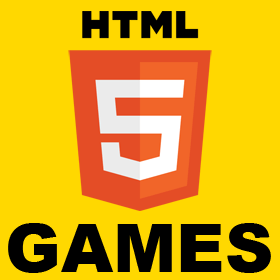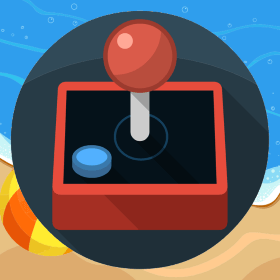Compile Phaser Game to WIndows 10 Store App
In previous articles we started building an Android mobile app using Phaser. Check out the articles – Introduction, Calculation, Game Screen, FPS Problem Now since windows has native support for javascript and HTML5, it makes sense to distribute our Phaser games to windows app store to reach new audience. The steps required to compile Phaser game to Windows 10 App is pretty straight forward with no need for any change in the code. You would need windows 10 to develop and debug the application. If you do not have windows 10 yet, go and download evaluation version of windows and install it in a VM. Microsoft is also providing evaluation version of readymade VMs supporting various technologies such as VMWare, HyperV, Parallels etc which comes pre-loaded with development tools such as Visual Studio 2017 Community edition which you can try for evaluation. https://developer.microsoft.com/en-us/windows/downloads/virtual-machines If you already have windows 10 then download and install[…]



